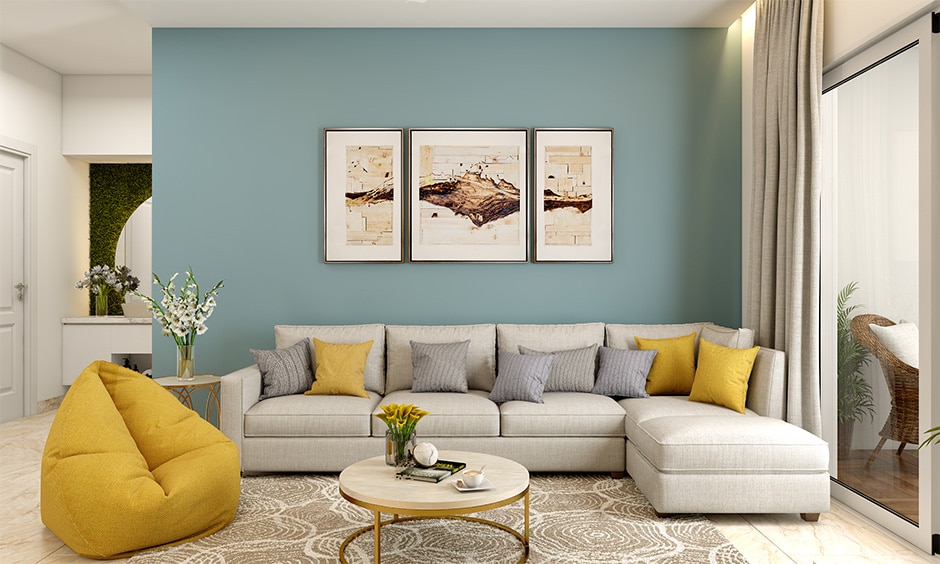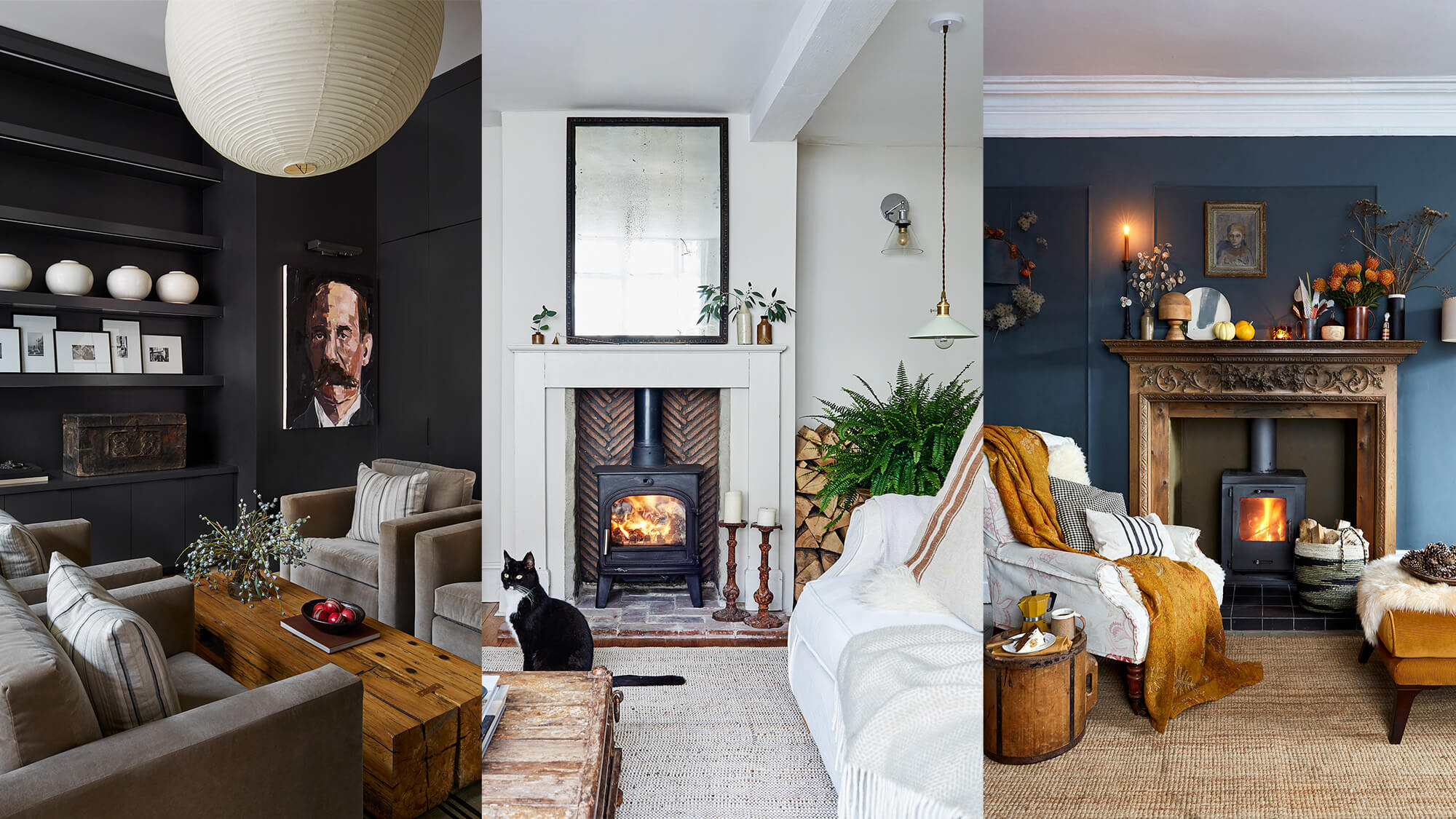Introduction
Designing a home that perfectly suits your lifestyle is both an exciting and daunting task. It involves meticulous planning and loads of creativity. With an increasing number of people looking to purchase a home, it’s critical to align your choices with both personal needs and contemporary design trends. Achieving this delicate balance results in a space that not only meets your functional requirements but also offers a stylish and comfortable environment.
Your home is more than just a living space; it’s a reflection of your personality, values, and aspirations. Therefore, understanding how to integrate current trends with personal preferences allows for the creation of a harmonious sanctuary. Whether starting from scratch or renovating, making informed decisions on style and functionality forms the bedrock of a successful home.
Current Design Trends in Homebuilding
The home design landscape is constantly evolving to accommodate the changing lifestyles and preferences of homeowners. Among the most popular trends today are open floor plans that foster social interaction and flexibility. These spaces encourage a communal living experience, ideal for families and friends. Meanwhile, minimalist designs capture attention for their sleek aesthetics, which are marked by clean lines and neutral color palettes that exude timelessness.
Additionally, the biophilic design trend is garnering interest as it seeks to incorporate natural elements into the home. This approach aims to enhance occupants’ well-being by increasing their connectivity to nature, often achieved through features like indoor plants, natural lighting, and organic materials. For more insights into current trends, consider consulting a relevant article on design trends.
Tips for Creating Functional Spaces
A functional home should cater to diverse needs while maintaining aesthetic integrity. Storage solutions are pivotal, with innovative options like built-in shelving or multi-use furniture helping to maximize space. Think of nooks and spaces that often go overlooked, such as under-the-stairs storage or ceiling-height cabinets in the kitchen, to expand storage without cluttering.
Beyond storage, consider how natural light can transform interiors. Large windows or skylights not only brighten up a room but can also create an illusion of more space. Mirrors positioned strategically across from windows can multiply light and enhance room dimensions. Moreover, selecting versatile furniture, such as extendable dining tables or modular sofas, adds flexibility to spaces by allowing them to adapt to different functions.
Sustainable Building Practices
In recent years, sustainability has taken center stage in home design, driven by growing environmental consciousness. Eco-friendly materials and energy-efficient technologies are increasingly being incorporated to minimize a home’s environmental impact. Products like bamboo flooring or recycled steel not only reduce waste but often require less energy to produce.
Energy conservation is another key aspect. Incorporating solar panels and harvesting rainwater are effective strategies for an eco-conscious home. Moreover, energy-efficient appliances and LED lighting can significantly reduce consumption. Those interested in delving into sustainable practices might find resources like the U.S. Green Building Council invaluable for further exploration.
Budgeting for Your Dream Home
The prospect of building or renovating a home can carry a steep price tag, making budgeting an essential step. Establishing a realistic budget involves assessing your financial situation, identifying high-priority areas, and allowing for flexibility to accommodate unexpected costs. A common approach is to focus on high-impact areas, such as kitchen or bathroom upgrades, which often yield the highest return on investment.
However, it’s not just major renovations that require budgeting. Minor details, such as paint finishes or hardware choices, can accumulate unexpectedly. Additionally, remember to consider the costs associated with permits, inspections, or temporary accommodations during renovations. Being meticulous in accounting for potential costs safeguards against financial surprises down the line.
The Role of Technology in Modern Home Design
Technology is transforming the modern home at an unprecedented pace, blurring the lines between convenience and innovation. Smart devices, such as thermostats, lighting systems, and security cameras, offer unprecedented control and efficiency. These devices are ideal for those who value time-saving convenience and a lower carbon footprint.
Investing in smart home technology can pay dividends in comfort and sustainability. Many systems allow you to automate and control home environment settings remotely, offering convenience and peace of mind. Digital assistants capable of assisting with daily tasks are no longer a futuristic dream but rather an accessible feature in many homes today, ultimately elevating the living experience.
Conclusion
The journey to crafting your perfect home is as complex as it is rewarding. By staying informed of current design trends and focusing on functionality and sustainability, you ensure that your home becomes more than just a roof over your head—it becomes a reflection of your identity. Thoughtful choices today can bring years of comfort and joy, transforming your space into not only a residence but a true home. Investing in quality and versatility now lays the foundation for a resilient and beautiful living space that adapts with you throughout life’s stages.



